PDF chapter test TRY NOW
The chemical process in which substances burns in the presence of oxygen to liberate energy in the form of heat is called combustion. Combustion is commonly called burning. This is an exothermic and redox reaction.
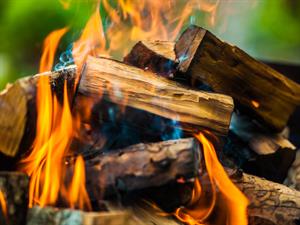 |
Combustion or Burning
\(\Delta\)
There are different types of combustion they are
- Complete combustion
- Incomplete combustion
- Rapid combustion
- Spontaneous combustion
- Explosion
Complete combustion:
Here the process of combustion takes place in the presence of a sufficient amount of oxygen. The combustible material on reaction with a sufficient amount of oxygen produces carbon dioxide and water.
The characteristic of complete combustion is that no smoke is produced, the flame is blue in colour, and the energy production is high. All the reactant is consumed in this complete combustion process.
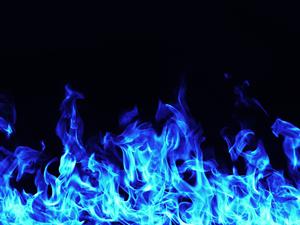 |
Complete combustion
For example, a methanol () reaction with sufficient oxygen produces carbon dioxide () and water.
Incomplete combustion:
Here the process of combustion takes place with an insufficient amount of oxygen. The combustible material on reaction with an insufficient amount of oxygen produces carbon monoxide and water.
The characteristic of incomplete combustion is that smoke is produced, the flame is yellow or orange in colour, and the energy production is low. All the reactant is not consumed in this incomplete combustion process.
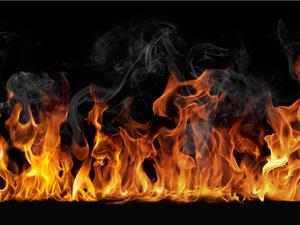 |
Incomplete combustion
For example, methane () reacts with an insufficient supply of oxygen produces carbon monoxide(), water and carbon.
On balancing the above equation
Rapid combustion:
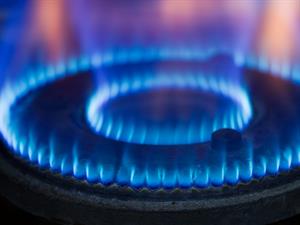 |
Rapid combustion
The combustion occurs with the help of external factors such as heat, light etc., and goes on as long as fuel is available. This produces a large amount of heat and light, for example, the burning of LPG.
Spontaneous combustion:
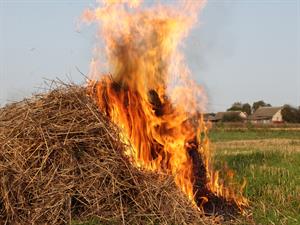 |
Spontaneous combustion
This occurs when the combustible substance or materials spate into flames within a fraction of seconds without any external factors is known as spontaneous combustion. This is a slow oxidation process that occurs mostly when combustible materials are stored in bulk.
Spontaneous combustion usually occurs because of the atmospheric oxidation process, which slowly increases the temperature at the centre mass of the combustible material.
Explosion:
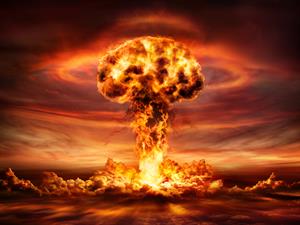 |
Explosion
When any external forces like heat, pressure, etc., ignite the combustion materials, the chemical reaction takes place with a sudden outburst of sound, heat, and light. This reaction occurs rapidly.
